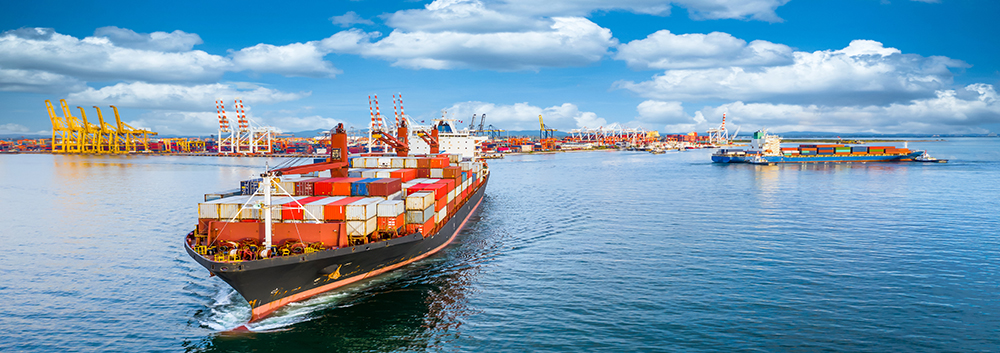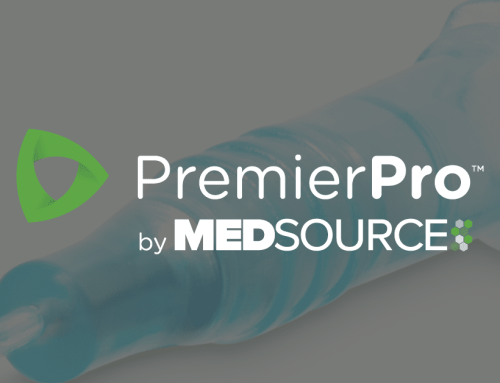By MedSource Labs
December 15, 2020
In recent days we’ve had a mix of news in the fight against COVID-19. On the one hand, we’ve seen the approval of the Pfizer-BioNTech coronavirus vaccine in the U.K. and the U.S. Food & Drug Administration issued an Emergency Use Authorization (EUA) with deliveries to hospitals occurring as early as yesterday. While there are many logistical issues to properly distribute the vaccine, the approval of additional vaccines in the coming weeks and months should lessen the burden.
Despite the good news from the pharmaceutical and research community, there has been widespread COVID fatigue which is resulting in massive surges of COVID cases across the U.S. and globe which is overwhelming our hospital systems. The crisis is still moving in the wrong direction with the U.S. topping more than 300,000 deaths, according to data compiled by Johns Hopkins University. As the Christmas holiday approaches, we could see yet another surge and unless people heed the warnings of the CDC and other health experts, the global health crisis will only worsen.
Kinks in Supply Chain
Aside from rising COVID cases, we continue to see shortages of Personal Protective Equipment (PPE) and other essential medical supplies due to the massive global demand. Moreover, getting these supplies to our hospitals has been a great challenge because of the strains in the global supply chain. According to OEC Group, a freight forwarding company, they say the most vexing problem is the lack of equipment — there’s a massive shortage of truckers, equipment and warehouse space. It’s having a ripple effect across all continents. The bottleneck in the ports is a multi-faceted problem. The surge in demand and rapid increase in vessel arrivals strains capacity, both in terms of how many containers can be handled within the port, but also how many ships can be at berth and be serviced.
In addition, the demand boom leads to larger vessels arriving with more cargo than originally planned – this means longer time spent at berth creating a knock-on effect with subsequent vessels also getting delayed. Ultimately, cycle times are running around three times longer than usual. These delays are also causing rise in prices of types of goods, particularly for companies seeking to prioritize shipping or lease cargo planes to deliver key products. Reuters recently reported that the “average container turnaround time has grown from 60 days to 100 days because of reduced handling capacity from lockdowns etc., whilst the grounding of much of the international air fleet has boosted the demand for maritime freight. Container rates to the U.S. East Coast are up 85% since June 2020.” These issues are problematic for virtually every type of industry, including the health care sector.
The same sentiment was echoed by S&P Global in a recent analysis: “There is an acute container shortage across Asia. Spot bookings now need to be made at least 21 to 25 days in advance to ensure availability of containers as well as to get space on ships,” an India-based freight forwarder said. A freight forwarder in Thailand said: “We have to reject many bookings as there are no empties; most of my time now just goes in arranging for an empty container.”
When to Expect a Reprieve
According to research by SeaIntelligence, this demand will likely ease by Chinese New Year, which begins in mid-February 2021. That is when Chinese factories will shut down for the extended holiday. While we expect a reprieve on supply chain disruption, the global distribution of the vaccine will still take many months before they hit the general populace. However, some U.S. government officials noted a bit of optimism that full distribution could be as early as March 2021.





